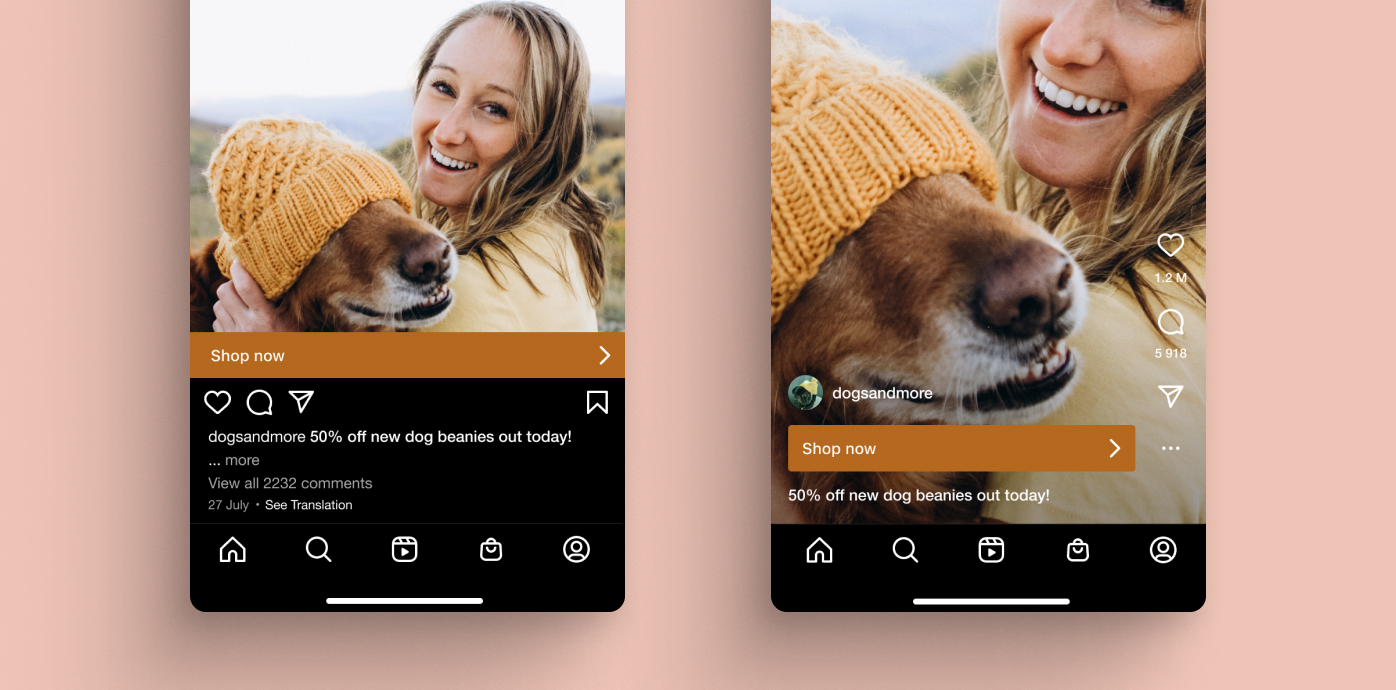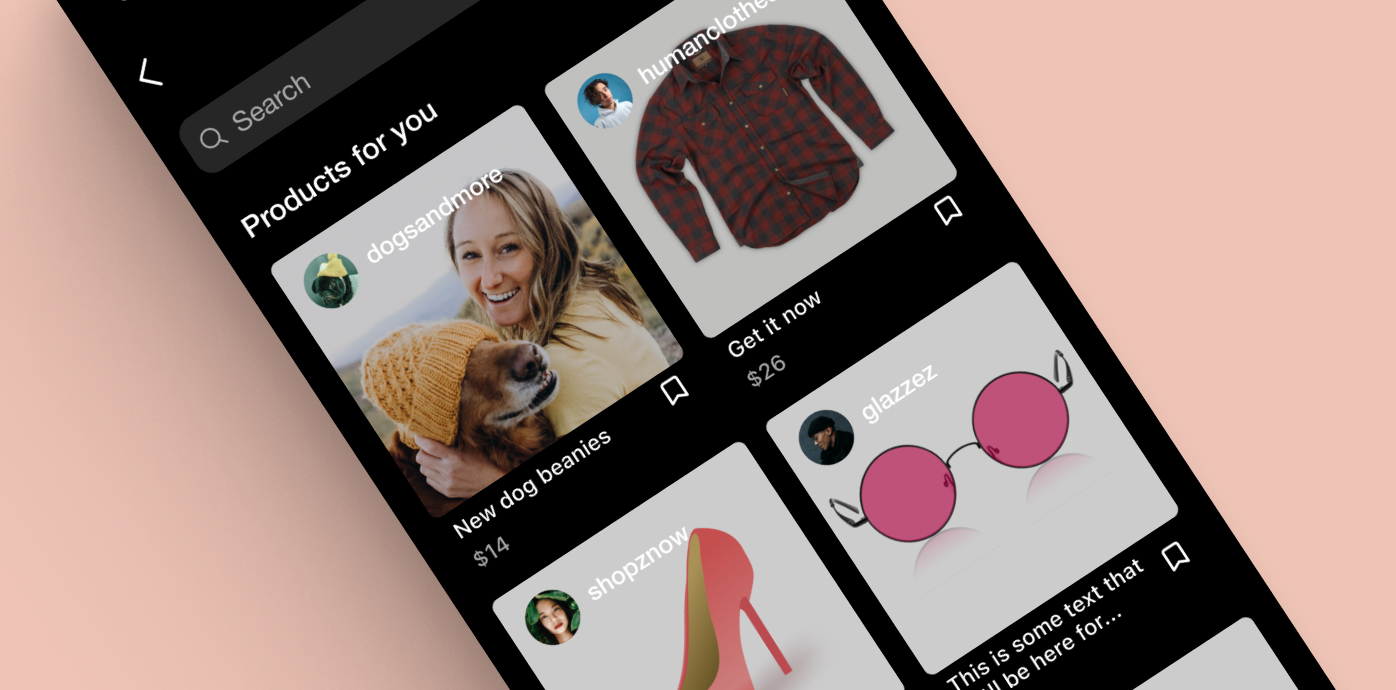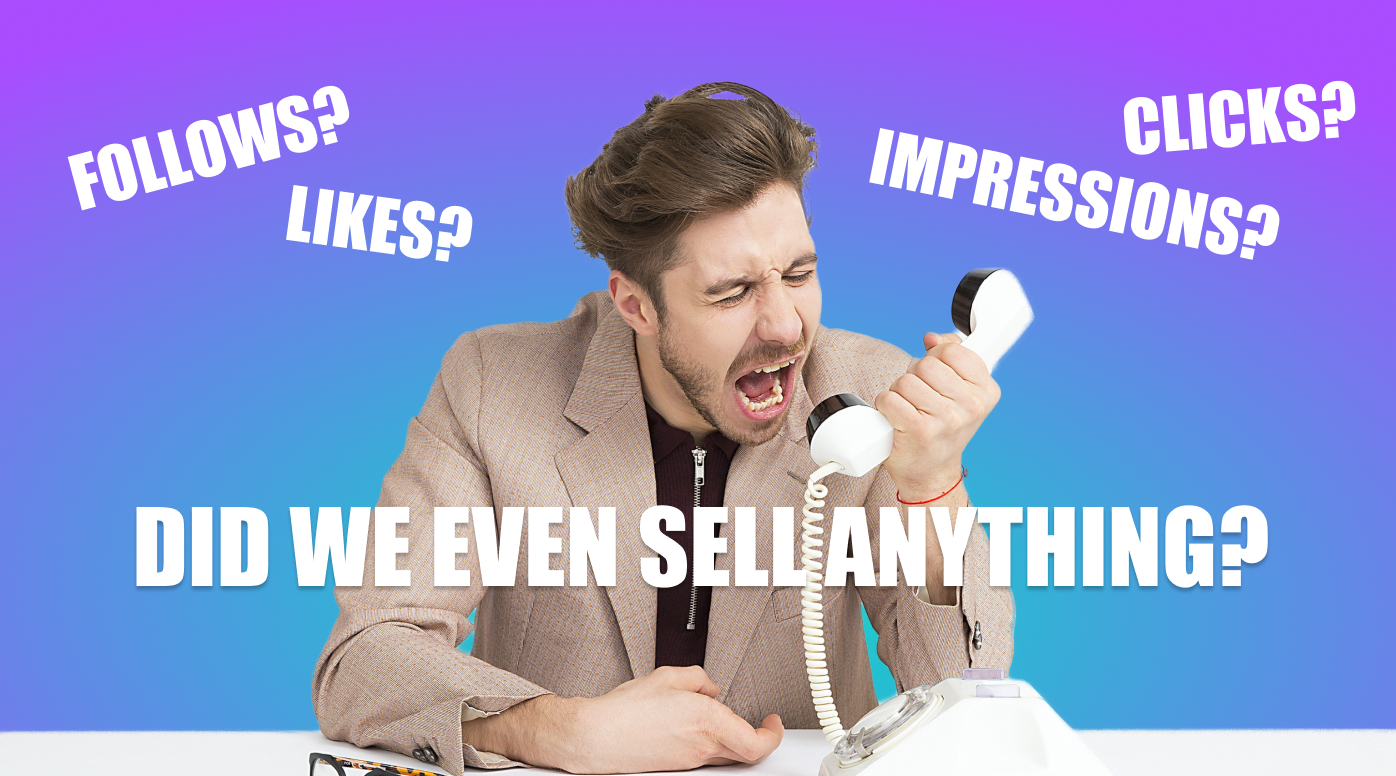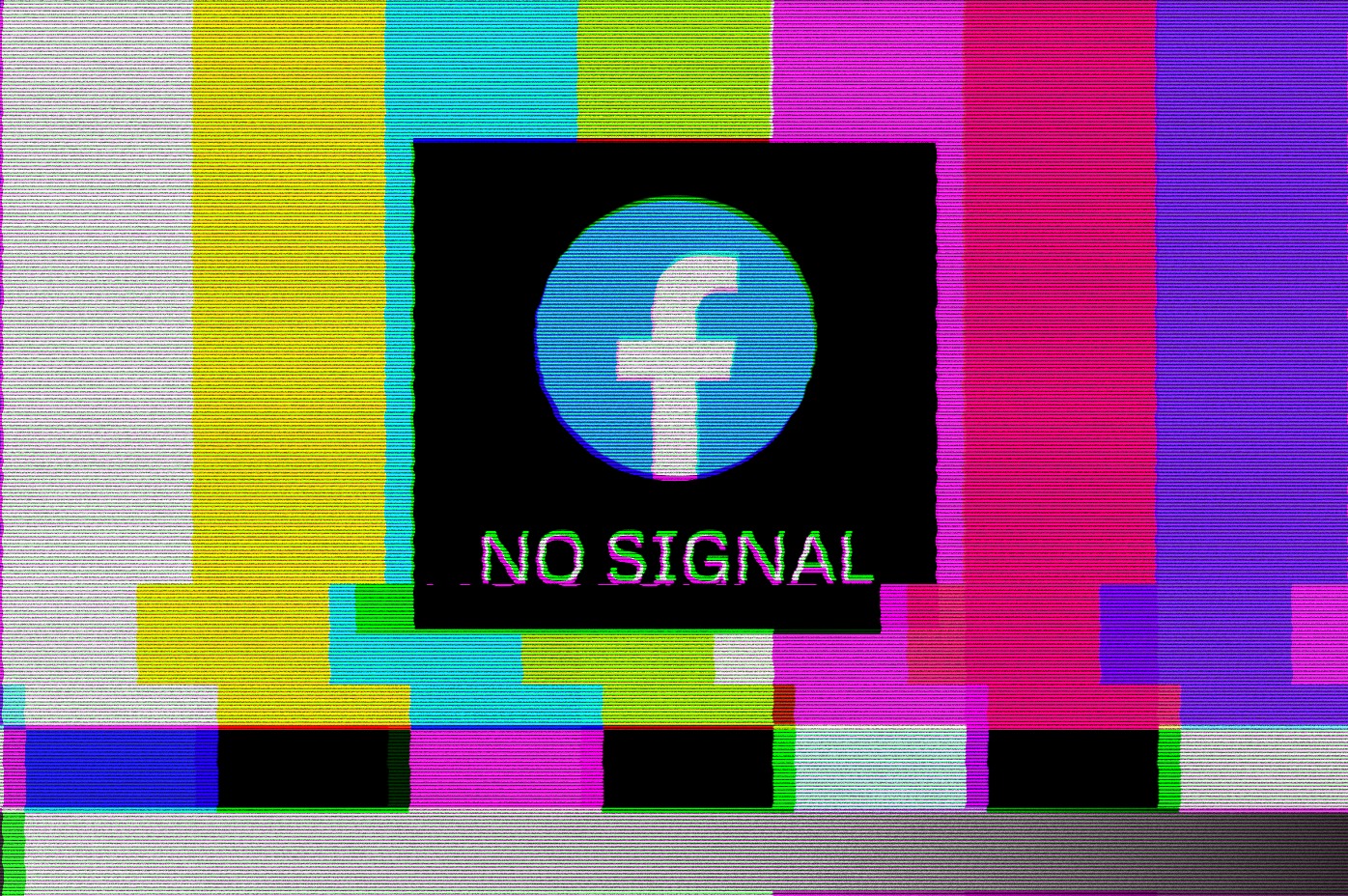It's really hard to be good at everything. In school, there were the kids who were naturally good at learning and there were those who were naturally good at sports. As one enters a career, most require specialization and a fine-tuning of skills because generalists are more difficult to maintain.This same dilemma is happening to super apps like Facebook, Instagram, and Youtube. They are the best or among the best at being social media apps, and they are "ehh" at other products they ship. Hence, Instagram announcing that they will be removing the Shop tab from the app come February.
Facebook killed their live shopping in February, and now associated company Instagram is simplifying their interface, which includes the removal of the Shop tab entirely. Many industry insiders and journalists have been positing about why this has happened, so we thought that since we are in the business of live shopping that we give our opinion.

1. Changing consumer behavior is really hard
Before Instagram Shopping was launched, a user came on the app to do two things. They wanted to post and share photos and videos of their life. They also wanted to see what their friends were doing and engage with what they were posting. And Instagram was the best at that.
The minute you introduce shopping functionality and try to walk a consumer from being an app user to being a brand customer, that task is not only one of trial and error, but you affect the initial user experience, which was to share and consume content.

2. The metrics don't align
When you are evaluating a brand's social media presence, you focus on how many followers they have, how strong their engagement metrics are, and how consistent their overall content is. It's pretty straightforward and is very much intended to help increase a brand's awareness.
Now when you add a commerce component, those metrics no longer work to help analyze new metrics such as clicks, conversion rate and overall sales. If anything, one gets in the way of another. Your brand now has to decide which products they want to sell, create content that promotes those products, and then build their strategy around revenue and not brand reach. Those are two different types of marketing and virtually impossible to do together.

3. They treated an old revenue model like it was new
When Instagram added shopping, they were trying to activate a new revenue model to differentiate from the traditional one that had made them so much money, serving ads. Influencers had gone from being a new type of celebrity to being an emerging industry, so it made sense that this new channel be created as quickly as possible. It's just not that simple though.
While social commerce is a new term that the tech world has coined, it is a concept that has actually been around for a long time, but it just wasn't called that. Couldn't we say that the QVC channel was the original social commerce company? They took traditional television programming and created an entertaining information show with a goal to sell products directly to consumers in their home. Tens of millions watched TV every night, and brands wanted to take advantage of that distribution to sell directly to their targeted customers. Sound familiar?
At the end of the day, Instagram isn't going anywhere. As of last year, they had over 1 billion global users. They're getting back to focusing on what they are good at, and that's being the best distributor of visual media. What it also means is there is significant opportunity for companies to truly create social commerce that fits the demands of today's consumers and the needs of today's brands.
This is why we are all in on live shopping as the future of ecommerce. Social media followings don't translate into revenue. Websites need help to convert more customers. Live shopping takes the engagement of social media and creates actionable sales opportunities.
If you are interested in bringing a live selling experience to your website, check out Reactive. Start your free trial now, or contact sales@reactive.live to request a live demo.



